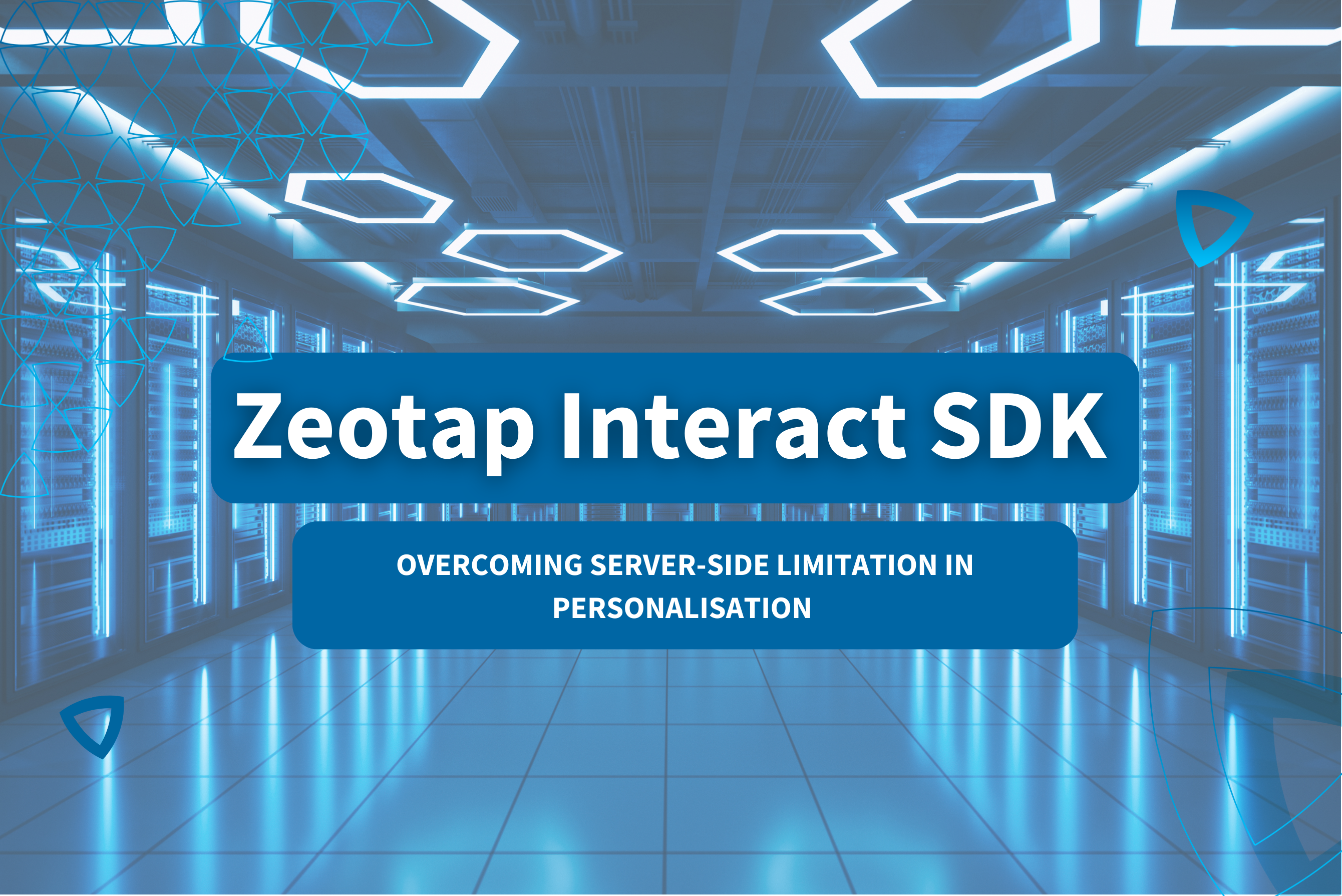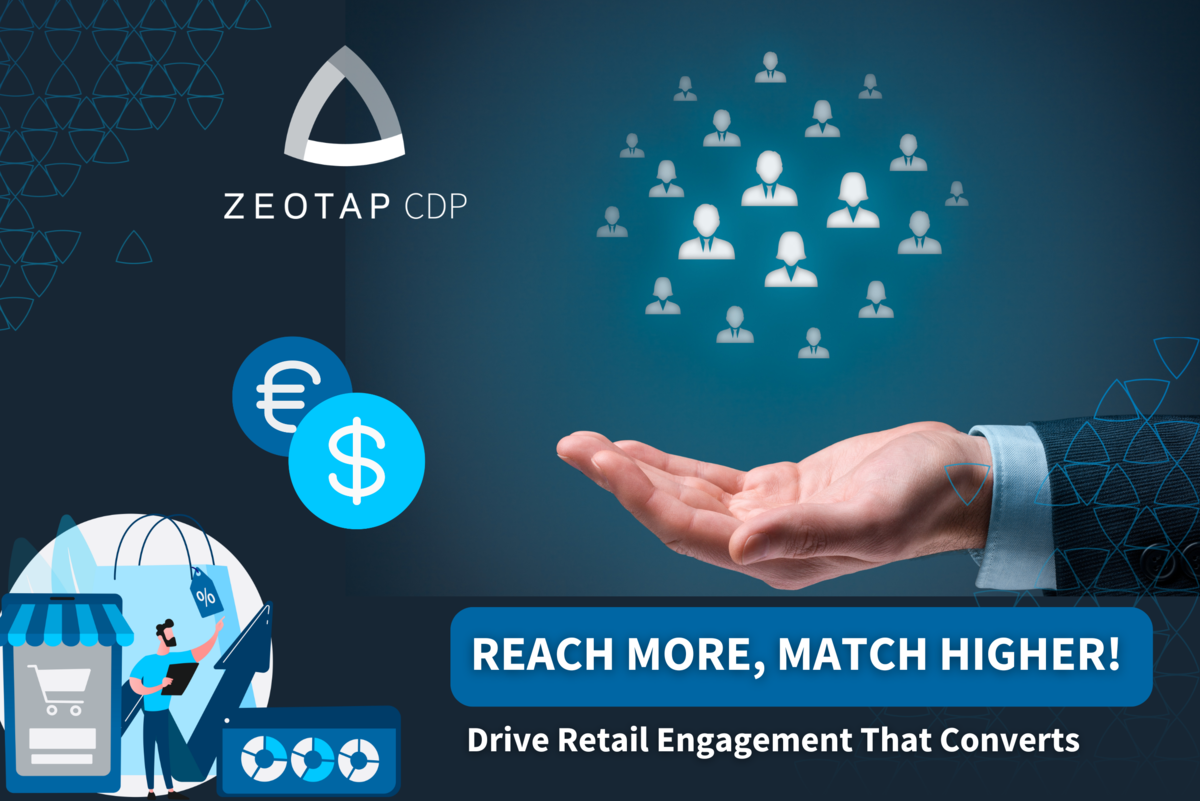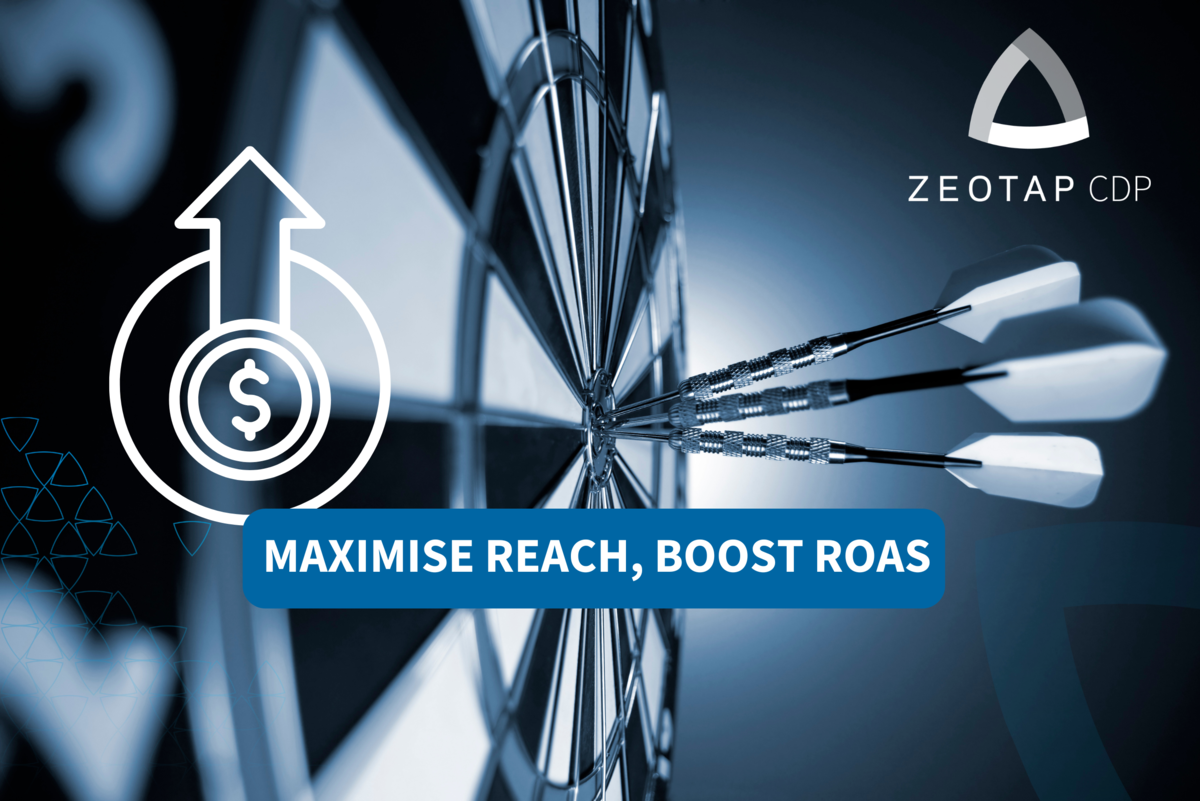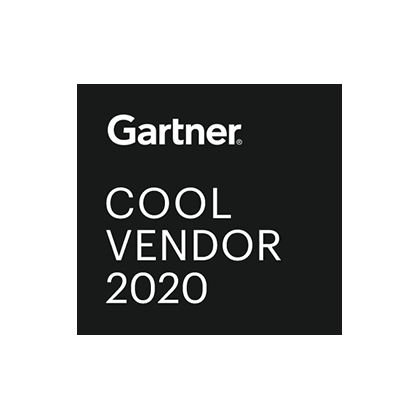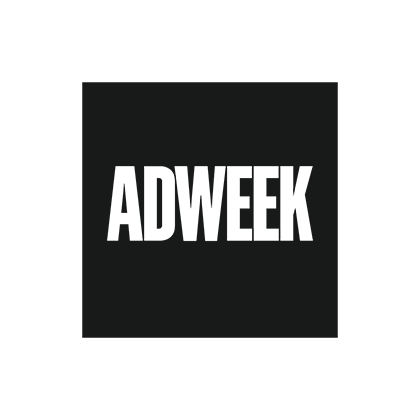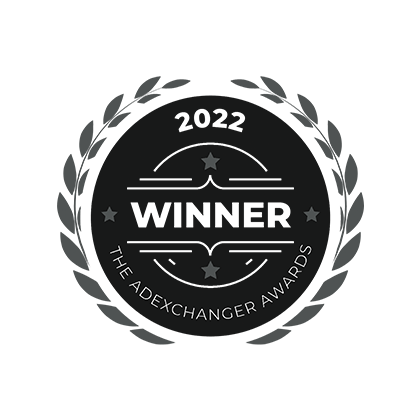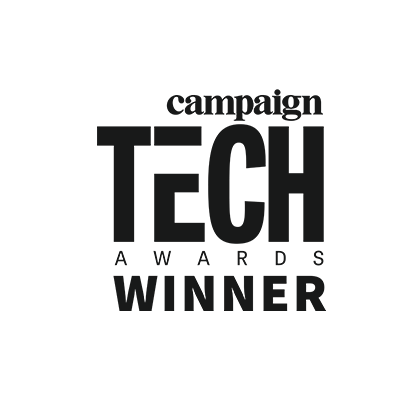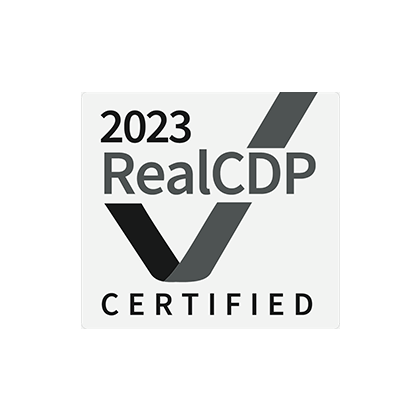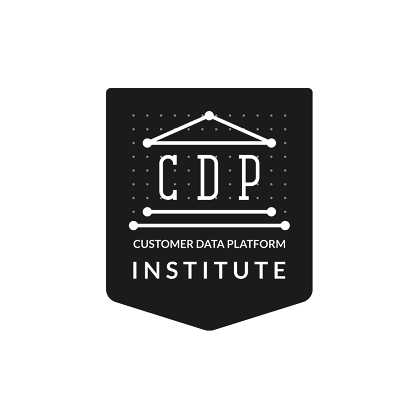A guest post from Sergio Giannone, Senior Content Manager at Decentriq
A few months ago, Zeotap and Decentriq, a Swiss enterprise SaaS platform providing the most secure and compliant data clean rooms, announced a partnership. Today, it’s time to look a bit deeper into what exactly this partnership can enable and why it’s an important use case for the future of marketing and advertising.
The collaboration between Decentriq and Zeotap allows companies to maximise their marketing efforts by leveraging the previously-unexplored potential of combining the customer data from a CDP (Customer Data Platform) like Zeotap into a DCR (Data Clean Room) for collaboration opportunities on first-party data.
Connecting a CDP and a DCR – therefore having a DCR as an extension of a CDP – is becoming more and more relevant as we move towards a cookieless world, one in which being able to collaborate on anonymised first-party data (while being complaint with privacy laws and regulations) will be crucial for organisations wanting to continue running effective marketing campaigns.
Before we get into the details, let’s take a step back and quickly recap on what a CDP and a DCR actually are.
What is a CDP?
Let’s start by saying what a CDP is not. A CDP is not a CRM, which only stores customer data such as transactions and interactions, without including any insight into the user behaviour.
Differently from a CRM, a CDP is a software that provides a persistent, unified customer database. In this database, the end-user (normally within the marketing department) has access to a comprehensive view of each customer thanks to data coming in from multiple external sources and systems. The CDP is able to link customer data from different sources to the same customer. This enables the possibility to track customer behaviour over time. The coolest part? This data can then be accessed by other systems as well – including data clean rooms – for further analysis.
What is a Data Clean Room?
A DCR is like a “magic box” that serves as a common ground where data coming from different companies (for example, a publisher and a brand) can meet and merge in order to be jointly analysed.
What’s the advantage of using a Data Clean Room? Simply put, it’s simple and secure, and the data is fully encrypted and anonymised. In Decentriq’s case, this means that not even the other party – or Decentriq and the cloud provider – will ever be able to see any PII (Personally Identifiable Information – such as names and email addresses) contained in your set of data. In addition, Decentriq’s data clean rooms guarantee full data control by permitting only pre-approved analytics to run, and provide additional privacy filters on the output to ensure that no sensitive customer data is contained in the result.
Why CDPs and DCRs work so well together
Because of their different – but complementary – functionalities, the two technologies literally go hand in hand. While the CDP harmonises your first-party data, the DCR effectively acts as the natural next step in the data cycle by allowing you to action on it.
Combining a Customer Data Platform such as Zeotap with a Data Clean Room solution such as Decentriq is a choice that can contribute to higher levels of efficiency, allowing you to use the full potential of both. In fact, in order to be used efficiently in a DCR, first-party data needs to be harmonised, and there are no better tools to do this than a CDP.
By assigning an identifier to each customer – which allows the platform to follow it across all channels – the CDP effectively unifies your first-party data, therefore rendering it usable in a Data Clean Room. On the other hand, the DCR generates value from the first-party data, which is increasingly important in a world moving towards the absence of third-party cookies. What’s equally important is that all of this is done in a GDPR-compliant way.
Let’s have a look at how this translates into practice:
The combined use of a CDP and a DCR enables brands and media owners to securely collaborate on first-party data during the whole media cycle (planning, activation, and measurement), but let’s use the activation phase as an example.
Let’s assume that a brand wants to run an advertising campaign in which it wants to activate custom audiences based on first-party data. Both the brand and the media owner would need to share their first-party data with each other. Doing so while guaranteeing user privacy could be quite challenging, right?
This is where the powerful combination of CDP and DCR can really show its potential. Choosing to adopt a CDP allows both the brand and the media owner to collaborate on a rich, harmonised set of first-party data. This data is ready-to-use in a DCR, where it will be encrypted and uploaded, and then matched against PII (e.g. name, email) to create lookalike audiences from the aggregated intersections. The lookalike audience insights are then returned to the media owner. From there, activation can take place directly from the DCR.
First-party data collaboration made simple (and secure)
As we’ve seen, a CDP is a crucial part of a first-party data strategy. It’s where all your customer’s data comes together, no matter the source, and gets unified into a single view. This is an important prerequisite to be able to efficiently leverage your first-party data in order to collaborate with external parties via a data clean room.
The partnership between Zeotap and Decentriq was built upon the goal of enabling organisations achieve just that. If you want to learn more about how Zeotap and Decentriq can help you with your first-party data strategy, get in touch with us or with Decentriq through their website.
